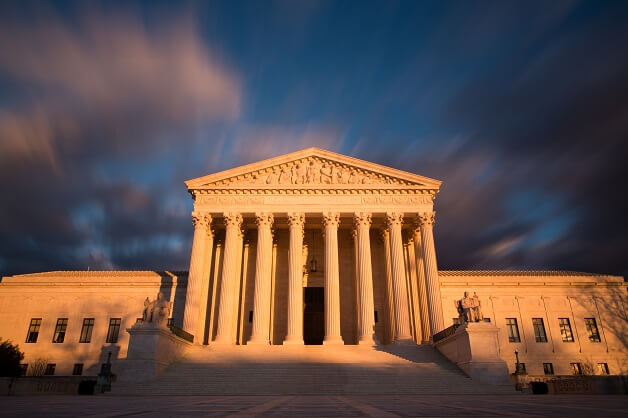Can a person sue a company for a technical violation of a statutory right that does not cause actual concrete injury? This question has significant ramifications, as Article III’s standing requirements affect the viability of claims under a broad range of statutes containing automatic statutory damages penalties, including the Fair Credit Reporting Act, Telephone Consumer Protection Act, Video Privacy Protection Act, and Stored Communications Act.
The Supreme Court answered this question with a resounding “NO,” vacating the Ninth Circuit’s February 2014 ruling in Spokeo v. Robins.
Thomas Robins sued Spokeo.com, the self-described “people search” engine, alleging that it violated FCRA by disseminating inaccurate information about his financial and educational status and other personal details. FCRA requires a consumer reporting agency (which he alleged Spokeo to be) to follow reasonable procedures to ensure the accuracy of information in consumer reports. A federal judge in California dismissed Robins’ case in January 2011 for lack of standing, holding that Robins failed to allege that Spokeo caused him any actual or imminent harm. On appeal, the Ninth Circuit reversed that decision holding that where a statute does not require proof of actual damages, a plaintiff can sue on the basis of the statutory violation alone.
In a 6-2 decision, the Supreme Court vacated the Ninth Circuit ruling. Noting that under Article III a plaintiff must show “concrete and particularized” injury, the majority faulted the Ninth Circuit for focusing only on particularization and ignoring the independent requirement that the alleged injury be concrete (meaning “it must actually exist”). The majority opinion explained that while Congress has the power to elevate “concrete, de facto injuries” not previously recognized at law to the status of legally cognizable injuries, a plaintiff cannot establish Article III standing merely by relying on a statute that grants a person a statutory right along with the right to sue. Because “Article III requires a concrete injury even in the context of a statutory violation,” it is insufficient for a plaintiff to allege a “bare procedural violation, divorced from any concrete harm.”
The justices took no position, however, on whether Robins adequately alleged an injury in fact, instead remanding that question back to the Ninth Circuit for further consideration. The majority recognized that “violation of a procedural right granted by statute can be sufficient in some circumstances to constitute injury in fact” where there is a “risk of real harm”—meaning that “a plaintiff in such a case need not allege any additional harm beyond the one Congress has identified.” With respect to this case, the majority observed that while Congress in enacting FCRA sought to curb the dissemination of false information by establishing certain risk mitigation procedures, a violation of one of those procedural requirements may well not result in any harm or material risk of harm. Thus, the Ninth Circuit is now tasked with considering whether the particular violations alleged by Robins involve a degree of risk sufficient to satisfy Article III’s “concreteness” requirement. Even dissenting Justices Ginsburg and Sotomayor largely agreed with the majority’s analysis, diverging only on this last point by taking the view that Robins’ allegations adequately established actual and concrete harm, rendering remand unnecessary.
While the Spokeo decision establishes a clear general principle, it leaves another important question—which kinds of harms are sufficiently concrete to support standing—to the consideration of the lower courts. Companies facing litigation under FCRA or similar statutes should consider the immediate implications of Spokeo, which should render cases relying wholly or primarily on allegations of statutory violations alone to support standing vulnerable to dismissal. However, companies should also continue to monitor subsequent developments in this area carefully, as lower courts clarify the sorts of harms sufficient to support claims under specific statutes.


